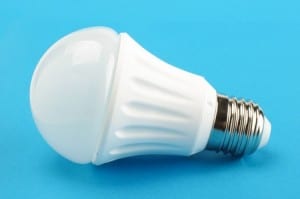Poor Renters Devote More of Their Income to Keeping the Lights On

It finds that the median U.S. energy burden across all those cities was 3.5 percent, but the median low-income household (making less than 80 percent of area median income) faced an energy burden more than twice as high: 7.2 percent. Black households experienced the second-highest energy burden (5.4 percent), followed by low-income households in multifamily buildings (5.0 percent), Latino households (4.1 percent) and renting households (4 percent).
On average, the highest burdens were concentrated in Southeast and Midwest cities. Memphis, New Orleans, Birmingham, Atlanta and Philadelphia topped the list of cities with the highest energy burdens for low-income and minority households. Cincinnati, Columbus, Dallas, Fort Worth, Hartford, Kansas City, Phoenix, Pittsburgh, Providence and St. Louis also made the top 15.
Energy inefficiency in housing stock was a large factor determining energy burden. The report found that for low-income and multifamily low-income households, bringing energy efficiency up to that of the median U.S. household would eliminate 35 percent of excess energy burden. For black, Latino and renting households, raising energy efficiency to the median could reduce burdens by 42, 68 and 97 percent, respectively.
The report, “Lifting the High Energy Burden in America’s Largest Cities,” says improving energy efficiency incentive programs for low-income and minority households provides many benefits, including improved health and safety, reduced costs associated with shutoffs and overdue bills for customers, and local job creation for communities. Currently these programs are underutilized, particularly by low-income households. The authors of the report recommend improved and expanded programs for low-income communities, better collection of demographic data on program participation, and better leverage of existing programs like the Clean Power Plan, which sets limits on carbon emissions from power plants.
The authors also recommend extending these programs to include renters, particularly those in multifamily units, not just homeowners in single-family units. Because access to capital is a significant barrier to joining these programs, allowing on-bill repayment so that all costs don’t need to be paid upfront could boost participation. The programs could also be integrated better with other incentive and rebate programs, like weatherization. Once implemented, the report says utilities should track who is participating to influence program marketing and outreach strategies.
Source: nextcity.org















 Accessibility
Accessibility